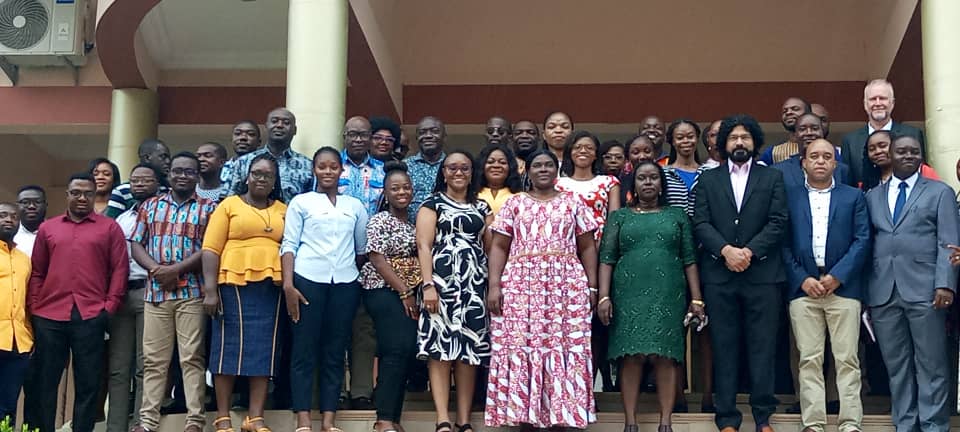Radiologists concerned about brittle bone fracture deaths among women
 The Ghana Association of Radiologists (GAR) has noted with much anxiety the increasing cases of spine, or wrist fractures among the elderly, particularly women.
The Ghana Association of Radiologists (GAR) has noted with much anxiety the increasing cases of spine, or wrist fractures among the elderly, particularly women.
The fractures are generally caused by osteoporosis, a condition in which bones become weak and brittle, as the body’s resorption of old bone surpasses the rate of new bone formation.
Dr Augustina Badu-Peprah, President of the Association, who disclosed this, noted that the growing situation of weak bones also known as “silent disease,” posed a growing public health concern as the Ghanaian population aged.
“Fracture risk is highest for elderly women who often have fragile bones, with one third of those who experience fractures dying within one year.”
The situation she indicated had been exacerbated by the dwindling number of radiologists in the country who were now 100, working in 10 of the 16 regions with non-existing or constrained logistics.
These were contained in a communiqué issued at the end of a four-day conference on Musculoskeletal Imaging hosted in the Central Regional capital, Cape Coast.
The 11th GAR engagement, held from Wednesday, May 17 to Sunday, May 21, was aimed at enhancing the skill sets of radiologists and aspiring professionals in Musculoskeletal Imaging.
Held on the theme: “Empowering Radiologists in Musculoskeletal Radiological Care,” the conference was an indicative of GAR’s dedication to pushing the boundaries of the profession whilst leveraging new technologies for of all patients.
In attendance were seasoned lecturers from the International Skeletal Society (ISS) USA, Canada, and Kenya.
Dr Badu-Peprah identified some risk factors for osteoporosis to include sedentary lifestyle, excessive alcohol intake, smoking, low estrogen levels due to menopause and low calcium intake and eating disorders like Anorexia.
Others are, steroid use and inflammatory bowel disease, celiac disease, kidney and liver disease, and certain cancers.
To remedy the situation, she urged all to avoid trip hazards such as placing slippery rugs on floors and leaving shoes at door entrances while maintaining good bone health through regular exercise and a balanced diet.
She encouraged the intake of vitamin D supplementation for post-menopausal women and older men, building strong bone mass early in life before the age of 30, avoiding smooth tiles at home, ensuring wet – floor bathroom design without any steps to avoid tripping.
Furthermore, using guard rails for support in the bathroom and other areas in the house, always using walking aids (if prescribed) to increase personal safety and awareness, promoting safety measures among children to prevent leaving hazards like play items and water on the floors and seeking immediate medical attention in cases of falls or fracture, among others.
Dr Badu-Peprah urged Ghanaians to adopt these strategies to prevent the suffering and prohibitive costs associated with fracture management in the elderly.
Earlier, in an interview with the Ghana News Agency, she thanked radiologists for their remarkable contributions to quality health services.
She said: “Our association plays a vital role in the field of radiology, and our commitment to excellence, education, and innovation has been unwavering.
“As radiologists, we have a crucial role to play in the healthcare system and that is a responsibility that we must shoulder with utmost dedication and professionalism.”
However, she said in the face of rapid technological advancements, they had recognized the need to continuously update their knowledge and skills.
“The landscape of radiology is evolving at an unprecedented pace and embracing these innovations and incorporating them into our daily workflow will undoubtedly enhance our diagnostic capabilities and elevate the standard of care we provide while we stay mindful of the potential challenges they bring,” she said.
Source: GNA
